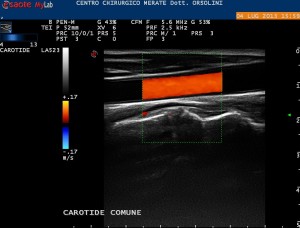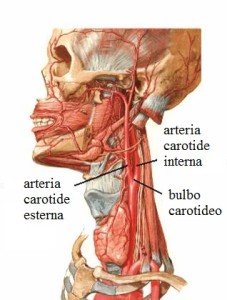o7z1cb 15: L’IMPORTANZA DELL’ECOCOLORDOPPLER VENOSO DEGLI ARTI INFERIORI
QUANDO FARE UNA VISITA CON ECOCOLORDOPPLER
Given that it is recommended that a visit with vascular ecocolordoppler even in the absence of symptoms among 20/25 years , the most important signs to recognize that and 'need to seek specialist advice are:
Heavy legs
Swollen legs or ankles
Pruritus
Night cramps
Tension or pain
Presence of dilated veins or capillaries
Presence of skin spots
Thin skin or glossy
Ulcerations
Presence within the family of patients with venous disease
To give a symptom due importance is essential to rely on a specialist. The first step , therefore , in the presence of a positive family anamnesis ( even in the absence of symptoms but with components of the family suffering from venous disease) or once recognized the signs described above and 'a visit specialistica.Sarà specialist care indicate , eventually , exams most suitable to the completion of the diagnosis.
TESTING EQUIPMENT
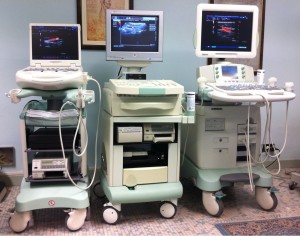
Ultrasound for the study of the venous system of the lower limbs
The examination today more valid to complete a diagnosis of venous disease and ' the Doppler ultrasound. Depending on the disease may also be required other exams. The aim will be to assess the venous circulation , distinguish primary from secondary varicose veins , assess the patency of the deep venous circulation , determine the proper functioning of the valves and the presence of any reflux patologici.Tutto this will lead us to formulate a correct diagnosis and as a result you will be able to establish a proper medical therapy is this , surgical , sclerosing or means fisici.Sfruttando ultrasound and doppler effect , the Doppler ultrasound allows non-invasive way to have a picture perfect dynamic of the veins of the gambe.Le equipment have evolved enormously in recent years and today there are devices that use sophisticated algorithms combined with the latest generation of probes that generate highly diagnostic images.
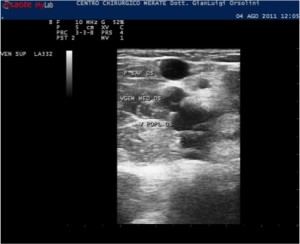
Ultrasound image which shows a small saphenous ectasic

Ultrasound image color which shows a saphenous reflux / popliteal
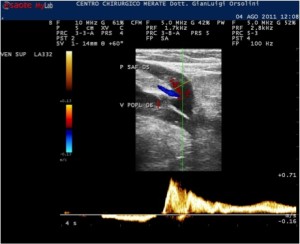
Doppler ultrasound image in which samples a reflux saphenous / popliteal and maneuvering compression decompression

